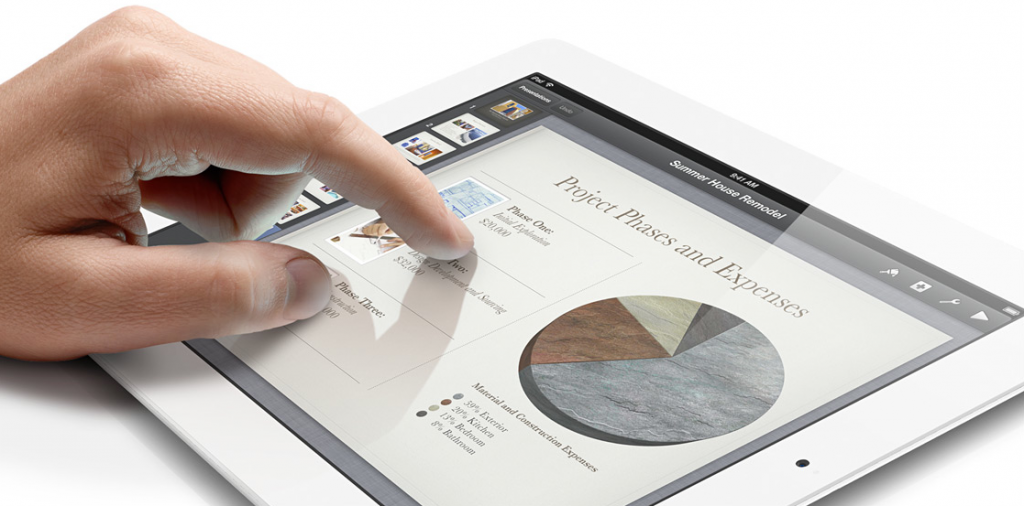A Final Reflection: Marketing Plan Assignments [Shell Canada]
My experience with the Marketing Plan Assignments give me an insight into what it would be like to work in a marketing department for a large national corporation. I learned that it was important to remain target and goal focused when working in a team of five. It was easy to become side tracked with bright ideas and conflicting thought patterns when trying to execute a paper composed of the work of multiple contributors, that is why it was important for us to come up with a visual representation of where we wanted to take the project. By outlining a skeleton for our projects we quickly learnt to delegate and assign work to suit one another’s strengths in an effort to reach our goal. Personally I learned how to better package and demonstrate my ideas to a group with a common goal in a manner that was easiest for them to understand. At times our group required a leader to make executive decisions and to put in the extra care when signing off on a piece of work, I felt that I assumed this role, during which I learned that working in a group forces you to respect the work of others.
If I were to do things differently next time I would treat meetings more formally and streamline our work processes better. I think we should have elected a leader that we were comfortable with and who was willing to give the final sign off on assignments. It seemed that we assumed these roles as time progressed and members interest’s varied according to the assignment scope. With an elected leader to report to members would have been accountable for doing creditable portions of each assignment and our group could have been more efficient instead of turning up to meetings to decide what we felt we wanted to do.
Overall I would take away an experience that enlightened my understanding of the marketing process. I realised that you have to be goal focused with the final product in mind at all times. It is important bare in mind the content and ideas you are communicate and whether or not they are truly effective.




